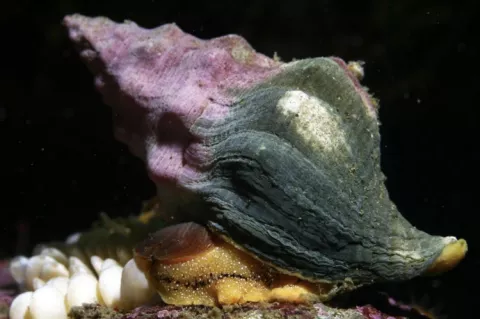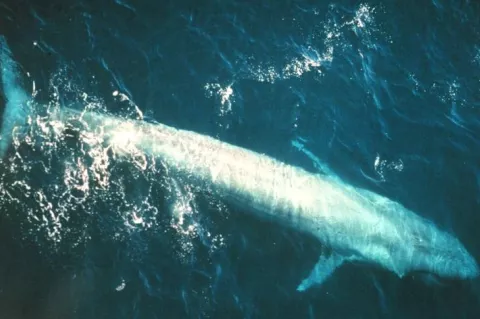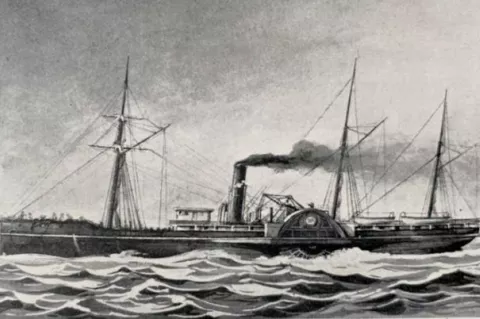How higher temperatures affect whelk larvae
For the most part, most research have focussed on the impact of oceanic temperature changes on adult animals, but few looked at the animals' early life stages. A study by researchers from the University of California, Santa Barbara gives a useful insight into this specific area.
Focussing on the larvae of the Kellet's whelk, a common sea snail in Southern California, it showed that rising temperatures will adversely impact the larvae.







